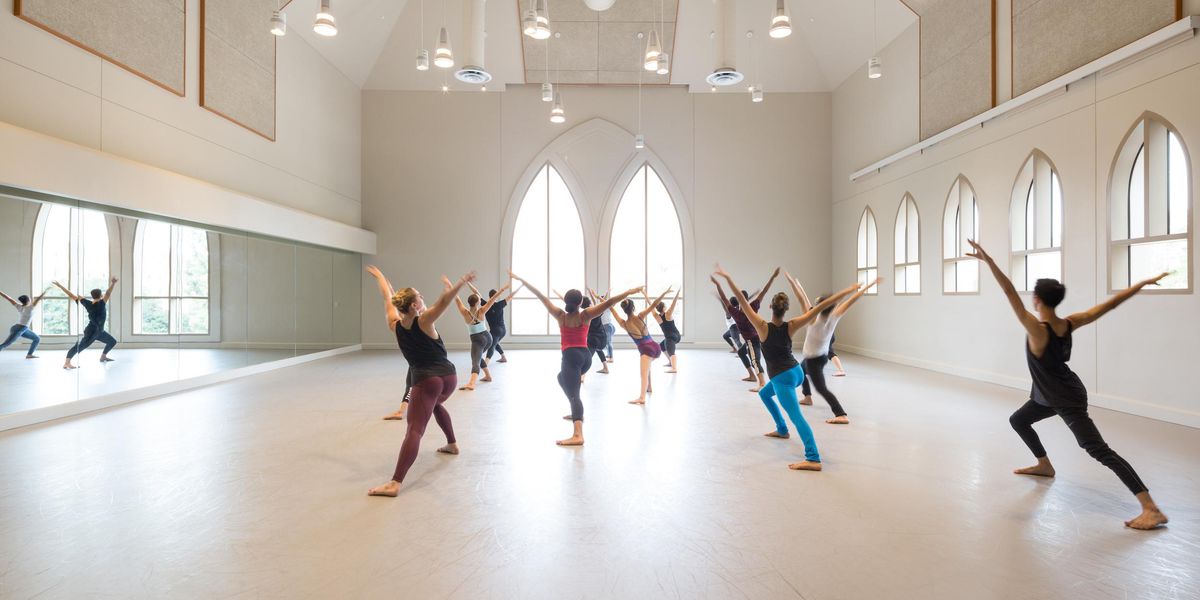Advice for Dancers: Get More Gigs
Creative networking strategies for freelancers, plus tips for staying hydrated and revamping your body image
Two years ago I felt very fulfilled rehearsing for Nutcracker gigs with a small dance company and school. But all I ever seem to get is occasional freelance work in spite of going to endless auditions. I’m 23 and I feel like a total failure. What can I do?
—Freelance Blues, New York, NY
First of all, freelancers are not failures! Many highly talented dancers choose this path to get exposure to different artists and directors. Hustling for gigs is just a realistic part of this life. Keep in mind that most directors hire dancers they know. Consequently, a large part of finding work depends on networking. This could mean auditioning for the same dance company multiple times to showcase your progress, attending workshops by choreographers who might use you in the future and letting colleagues and teachers know that you’re available for work.
And a little creativity never hurts. Dance competitions on television, as well as more traditional ones onstage, can lead to job offers. Then there’s the opportunity to find performance-related work through social media channels like Instagram, which can enhance in-person networking strategies and lead to modeling gigs, commercials or even the chance to try new products (such as leotards or energy bars) for free in exchange for posting a photo online. Of course, developing other talents within the performing arts or in something that’s completely different may pave the way for alternative jobs while you pursue dance. Check out Career Transition For Dancers for more information (careertransition.org).
I often get drenched with sweat and almost fainted once during back-to-back rehearsals. Ever since, I’m been trying to stay hydrated. My problem is that I don’t know when to drink water or what’s the right amount.
—Carol, Santa Monica, CA
It’s great that you want to nip dehydration in the bud. Water is critical for regulating body temperature, removing waste products, helping to detoxify the liver and kidneys, and transporting oxygen and nutrients through the body. Symptoms of dehydration range from headaches to cramps, dizziness, fainting and lack of coordination. Plus, profound sweating is one cause of dehydration. Does any of this sound familiar?
So what’s the correct fluid intake? Active female dancers generally need about nine glasses of water a day, whereas males require around 13 glasses. While you can get most of this through foods and drinks throughout the day, it’s best to drink one to two cups of cold water (which is absorbed more quickly than warm water) 30 minutes before class and sip two cups during a typical 90-minute technique class. Before exercise, avoid fluids like milk and salty tomato juice, which remain in your stomach for longer periods. To rehydrate after dancing, drink fluids for the next two to three hours, especially water. It’s also important to replace electrolytes like sodium and potassium lost from sweating. Coconut water is a great source with fewer calories than sports drinks (which are often high in sugar) or fruit juice (which is okay in small amounts). Low-fat milk, with its mix of protein and carbs, is another good recovery drink. FYI, an easy indicator of hydration is when your urine is the color of lemonade, not amber.
Is it normal for dancers to hate their bodies? I look in the mirror and all I see are short legs, a long torso and crappy turnout. I switched from ballet to contemporary (which I love), and my BFA program tells me that I’m talented. But it hasn’t helped the way I feel about my body.
—Miserable Ex-Bunhead, Baltimore, MD
No one has a perfect body. Unfortunately, it’s easy to get down on yourself when you’re facing a mirror looking for flaws. Yet many dancers who don’t conform to classical ballet’s aesthetic can be successful in other techniques, as well as in certain ballet companies—exceptional talent can trump body type. The hard part is dealing with a damaged body image, which typically forms during your late teens, and according to research, dancers tend to have a more negative body image than nondancers. My advice is to find a psychologist who can help you change your ingrained beliefs using cognitive behavioral therapy. Check out your college’s counseling services—many offer several free sessions. On your own, spend time focusing on things you do like about your body, such as your ability to jump or turn. The easiest way to do this is to try to forget about the mirror and just dance. Self-hatred does not have to be a life sentence.
Send your questions to:
2000 Broadway, PH2C, New York, NY 10023
e-mail: [email protected]
Former New York City Ballet dancer Linda Hamilton, Ph.D., is a psychologist in private practice, the author of Advice for Dancers (Jossey-Bass) and co-author of The Dancer’s Way: The New York City Ballet Guide to Mind, Body, and Nutrition (St. Martin’s Griffin). Her website is drlindahamilton.com.




